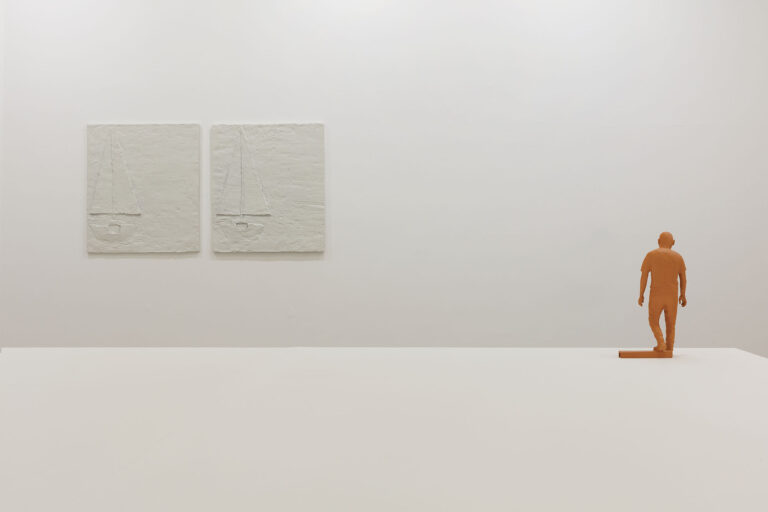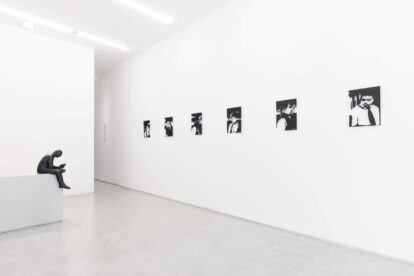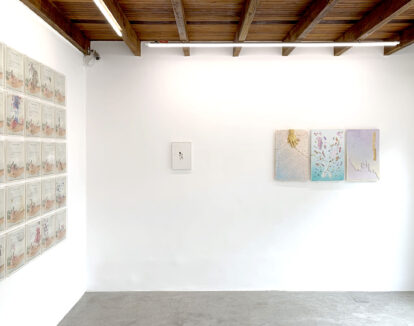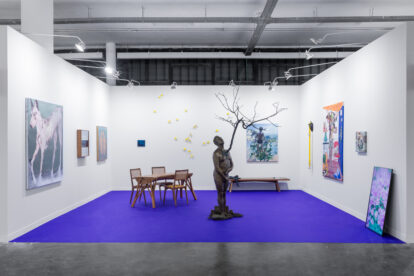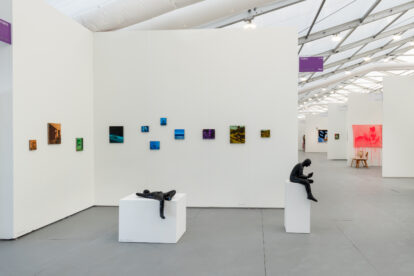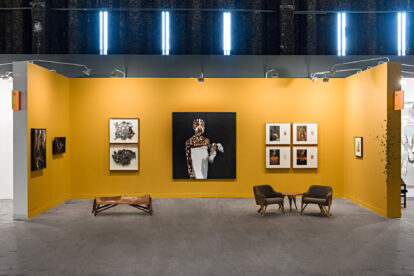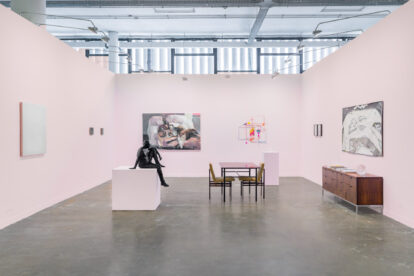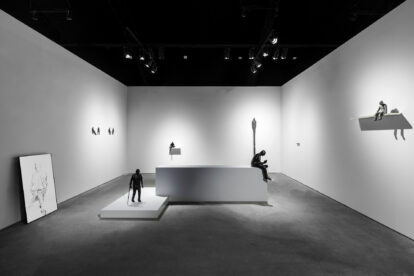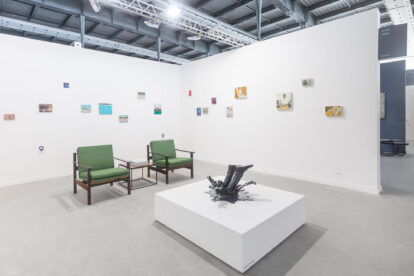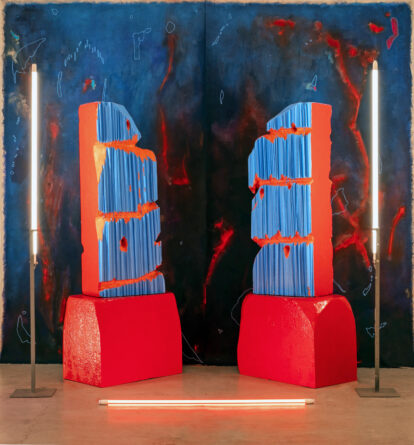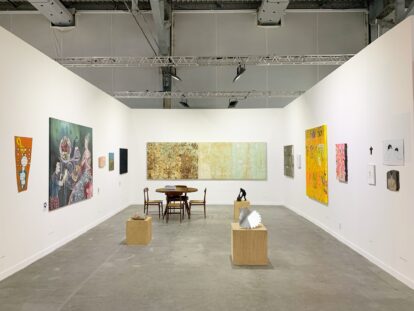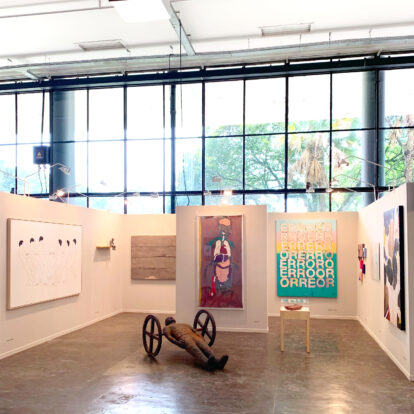In 1984, he graduated from the Faculty of Fine Arts, in São Paulo, and held his first solo exhibition at the Pinacoteca do Estado, “São Paulo: Urban Landscapes”.
Until the end of the 1980s, he participated in several group exhibitions in Brazil and abroad and was invited to solo shows at MAC-USP, where he presented an installation, and at Galeria Funarte. In the early 1990s, he was selected for two exhibition programs: in the Macunaíma Project, of the Brazilian Institute of Contemporary Art/Funarte, and in the São Paulo Cultural Center exhibition program. In 1991, he was also part of the Havana Biennial and the Panorama of Current Brazilian Art, organized by the São Paulo Museum of Modern Art (MAM). In 1993, he received the British Council Fellowship Award. The following year, with a one-year scholarship, he was invited to the Master’s program at Goldsmiths College, in London (England), sponsored by the British Council of São Paulo. In London, he participates in group exhibitions at the Chisenhale Gallery and Mall Galleries. In 1995, back in Brazil, he presented at MAMSP the sculptures created and produced at Goldsmith College, which today are part of the Pinacoteca do Estado collection.
In 1996, he held a solo show at Espaço Cultura Sergio Porto, and in 1999, he was part, once again, of the Panorama da Arte Brasileira with Thompson Clark’s Paradox and Mark’s Nightmares. In 2000, he won the Vitae Arts Scholarship with the project A Gratidão do Reencontro. The results of the research developed with the award are presented the following year in an individual that brings a critical text by Tadeu Chiarelli.
Since 1995, he has been teaching three-dimensional expression in the Fine Arts course at Fundação Armando Alvares Penteado (Faap). In 2004, he completed his doctorate in Visual Poetics – Reflective Production: Art, Subject and Space – at the School of Communications and Arts of the University of São Paulo, under the guidance of Carlos Fajardo. In 2006, he spent six months in Paris as artist-in-residence at the Cité Internationale des Arts/Studio Faap. Since then, the evolution of his work has been the subject of several individual and group exhibitions, having received in 2010 the Pinacoteca do Estado Acquisition Prize at the 6th edition of SP-Arte, with the work A Passagem do Tempo e a Natureza do Amor. In 2013, the Pinacoteca do Estado organizes a solo exhibition by Gustavo Rezende at Estação Pinacoteca, curated by Ivo Mesquita.
In 2017, he held a solo exhibition at Paço da Artes in Rio de Janeiro entitled Amor Sagrado, Amor Profano and in the following year he held the Parede Crepe Garden Project at MAM. In 2019, he performs site specific at the Museum of the City of São Paulo – Casa do Bandeirante with a project that won the ProAC Visual Arts Notice.
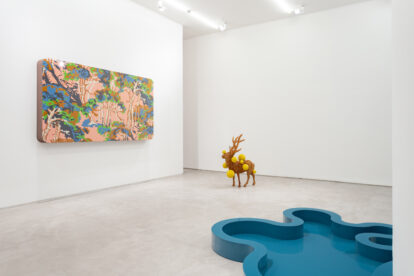
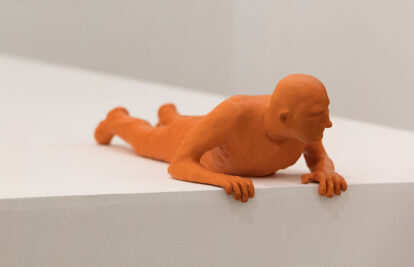
![Maxwell Sentado [Maxwell Sitting]](https://www.vervegaleria.com/wp-content/uploads/2022/07/305074_621c6167632c42eeb9d11405e2d1e377mv2-768x298.jpg)
![Maxwell vindo 4 [Maxwell coming 4]](https://www.vervegaleria.com/wp-content/uploads/2022/07/maxwell-vindo-4-768x1152.jpg)
![O paradoxo de Thompson Clark e os pesadelos de Mark [Thompson Clark's Paradox and Mark's Nightmares]](https://www.vervegaleria.com/wp-content/uploads/2022/07/Thompson_Clark-768x993.jpg)
![Valquíria [Valkyrie]](https://www.vervegaleria.com/wp-content/uploads/2022/07/7.valquiria-768x510.jpg)
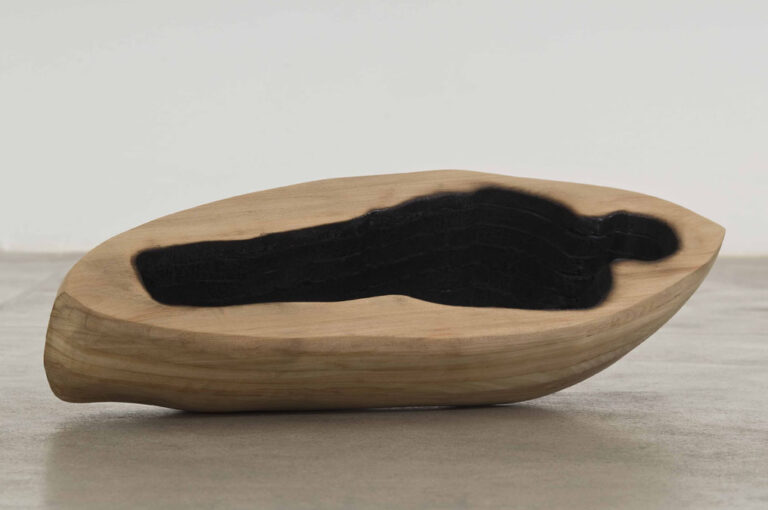
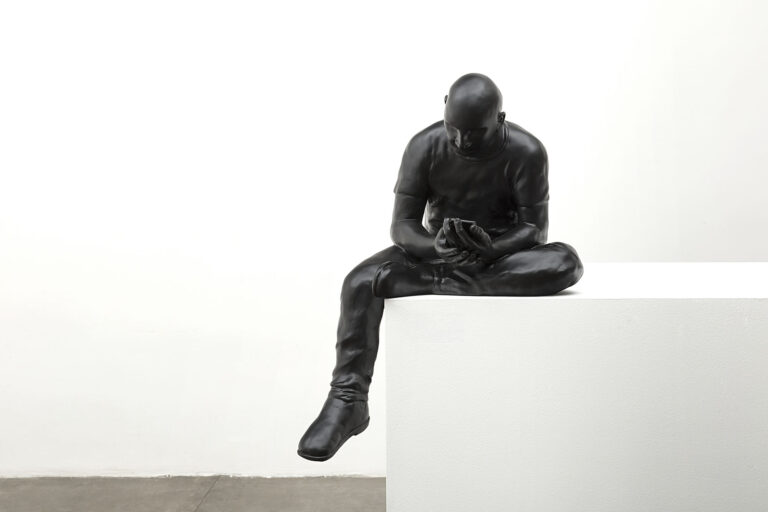
![Maxwell caminhando [Maxwell walking]](https://www.vervegaleria.com/wp-content/uploads/2022/06/220527_verve_046-768x1152.jpg)
![Taj Mahal e a possibilidade do amor da era do cubo epistemológico [Taj Mahal and the possibility of love in the epistemological cube era]](https://www.vervegaleria.com/wp-content/uploads/2022/07/Captura-de-Tela-2021-04-25-as-11.53.33-768x769.png)
![Gus e os pequenos animais [Gus and the little animals]](https://www.vervegaleria.com/wp-content/uploads/2022/07/Gus_e_os_pequenos_-animais-768x511.jpg)
![A Gravura Mais Bonita do Mundo [The Most Beautiful Engraving in the World]](https://www.vervegaleria.com/wp-content/uploads/2022/07/305074_62cd90f5d5154fcbaf4416f6d958e537mv2.jpg)
![A presença sublime e o fluxo das representações [The sublime presence and the flow of representations]](https://www.vervegaleria.com/wp-content/uploads/2022/07/2-19b-a-presenca-sublime-e-o-fluxo-das-representacoes-768x512.jpg)
![Veleiros [Sailboats]](https://www.vervegaleria.com/wp-content/uploads/2022/07/305074_49384f4e82354a638b1823656cf6bb80mv2-768x512.jpg)
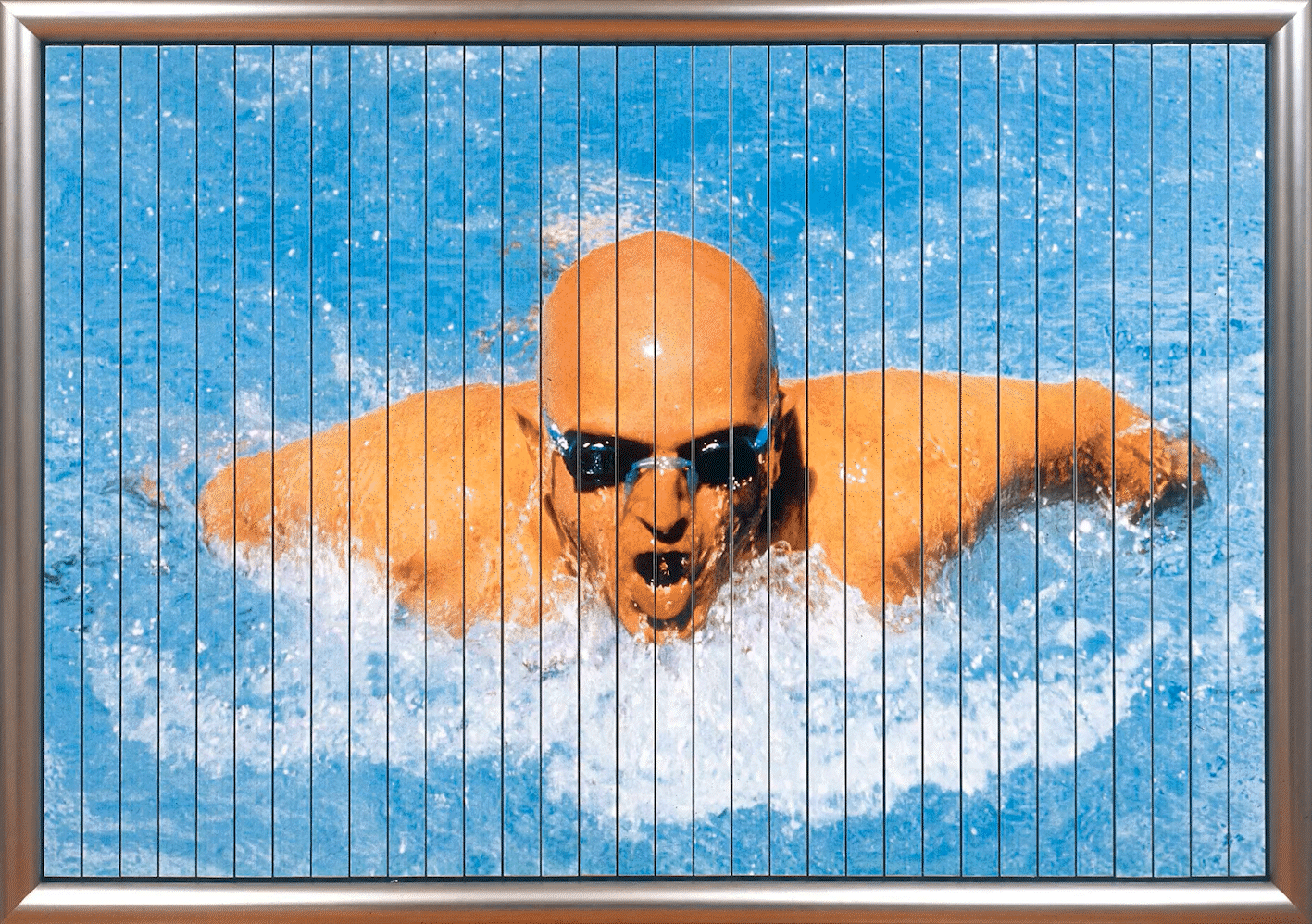
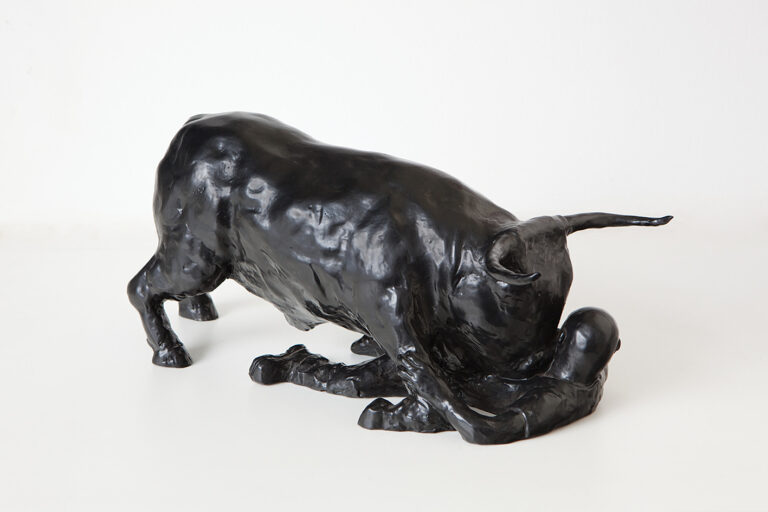
![A Lapa de baixo e a metafísica da dama #2 [Lapa de Baixo and the metaphysics of the lady #2]](https://www.vervegaleria.com/wp-content/uploads/2022/06/220527_verve_009-768x512.jpg)
![A Lapa de baixo e a metafísica da dama #4 [Lapa de Baixo and the metaphysics of the lady #4]](https://www.vervegaleria.com/wp-content/uploads/2022/06/220527_verve_004-768x512.jpg)
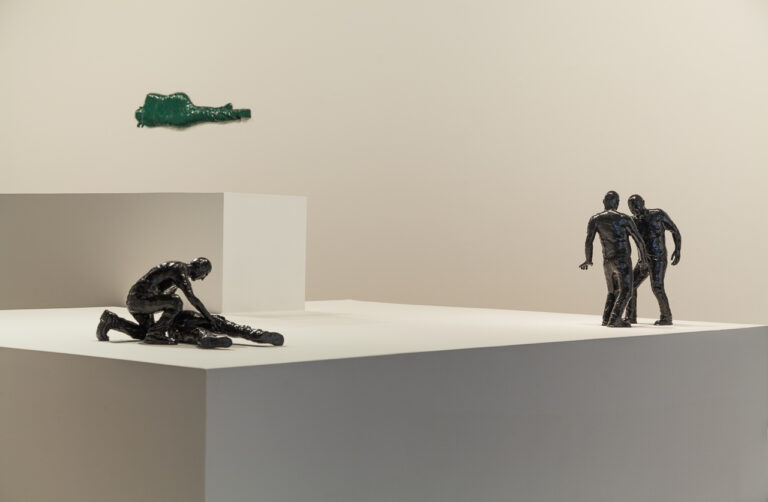
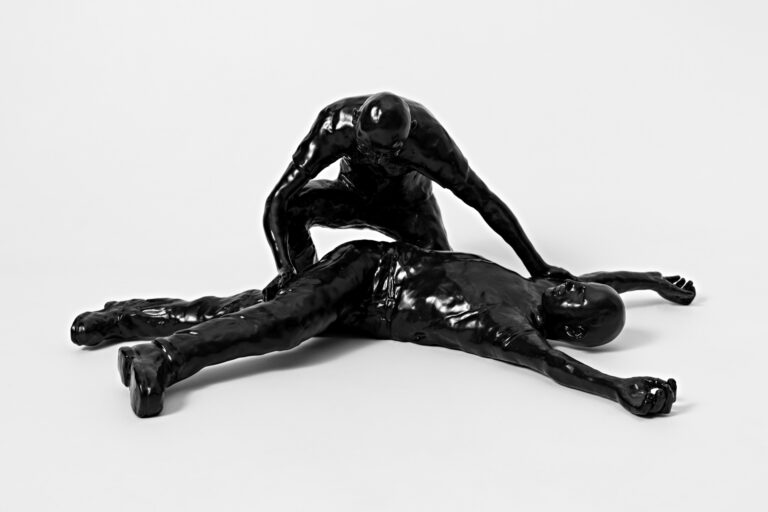
![Maxwell deitado [Maxwell lying]](https://www.vervegaleria.com/wp-content/uploads/2022/06/220527_verve_065-768x512.jpg)
![Maxwell Sentado [Maxwell Sitting]](https://www.vervegaleria.com/wp-content/uploads/2022/06/maxwell-sentado-perna-dobrada-1-768x535.jpg)
